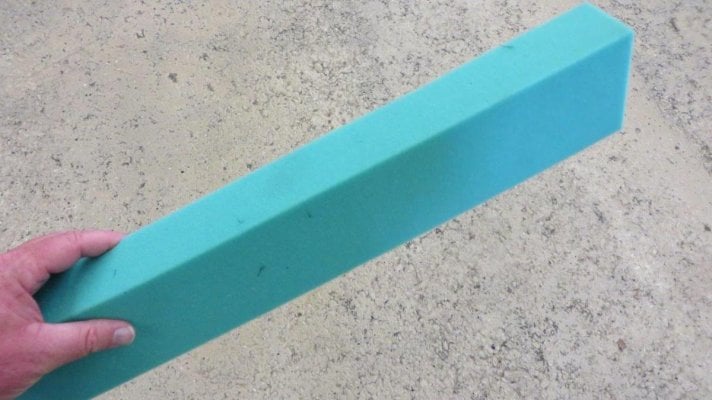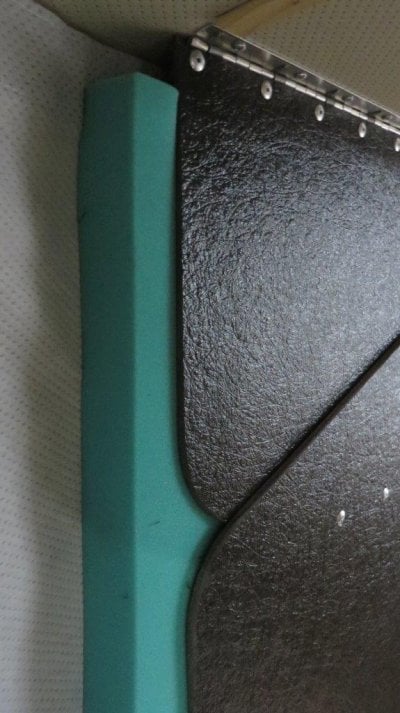GammedeLumiere
Member
We've been living in 2005 FWC Eagle in British Columbia full time skiing. We have custom made insulation to wrap around the interior of camper to cover the coated fabric. We are using a 3500 BTU catalytic heater along with a secondary propane heater.
As to be expected there is severe condensation build up on the fabric part of the camper. This is ordinarily not a big deal as we (mostly the amazing woman in my life) just towels off the excess moisture but since the temperatures are consistently below 0F and will continue to be so for next few months we are experiencing unprecedented ice growth.
The issue is that the ice growth is occurring behind the front and rear wood panels so it is becoming harder and harder to pop up and is getting to the point where there is so much build up that the boards do not have enough space to fully extend and therefore lock into place.
We just had a melt day where we raised internal camper temp to 90F but are there any thoughts on long term solutions to this?
Even if ya'll have no solutions we would love to hear your thoughts on this especially if you have lived in four wheel long term in extremely cold places.
Thanks
As to be expected there is severe condensation build up on the fabric part of the camper. This is ordinarily not a big deal as we (mostly the amazing woman in my life) just towels off the excess moisture but since the temperatures are consistently below 0F and will continue to be so for next few months we are experiencing unprecedented ice growth.
The issue is that the ice growth is occurring behind the front and rear wood panels so it is becoming harder and harder to pop up and is getting to the point where there is so much build up that the boards do not have enough space to fully extend and therefore lock into place.
We just had a melt day where we raised internal camper temp to 90F but are there any thoughts on long term solutions to this?
Even if ya'll have no solutions we would love to hear your thoughts on this especially if you have lived in four wheel long term in extremely cold places.
Thanks


